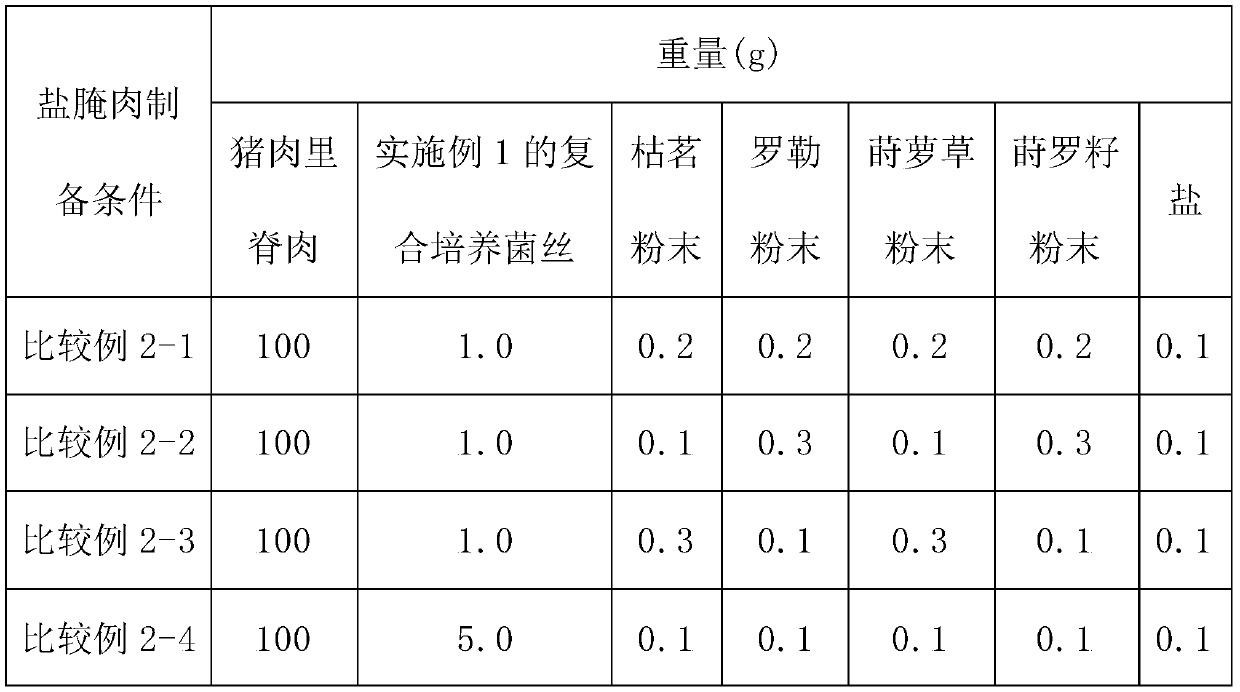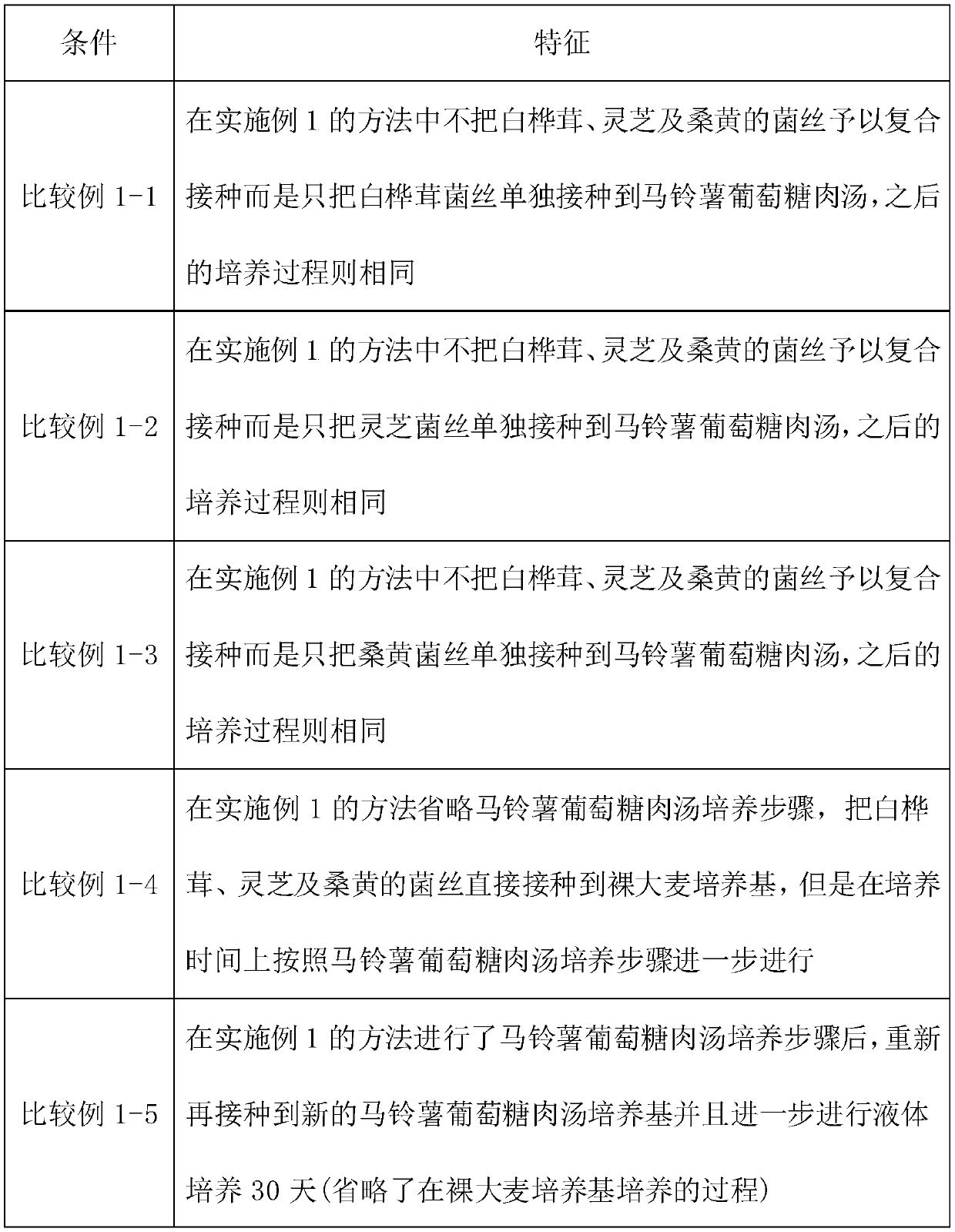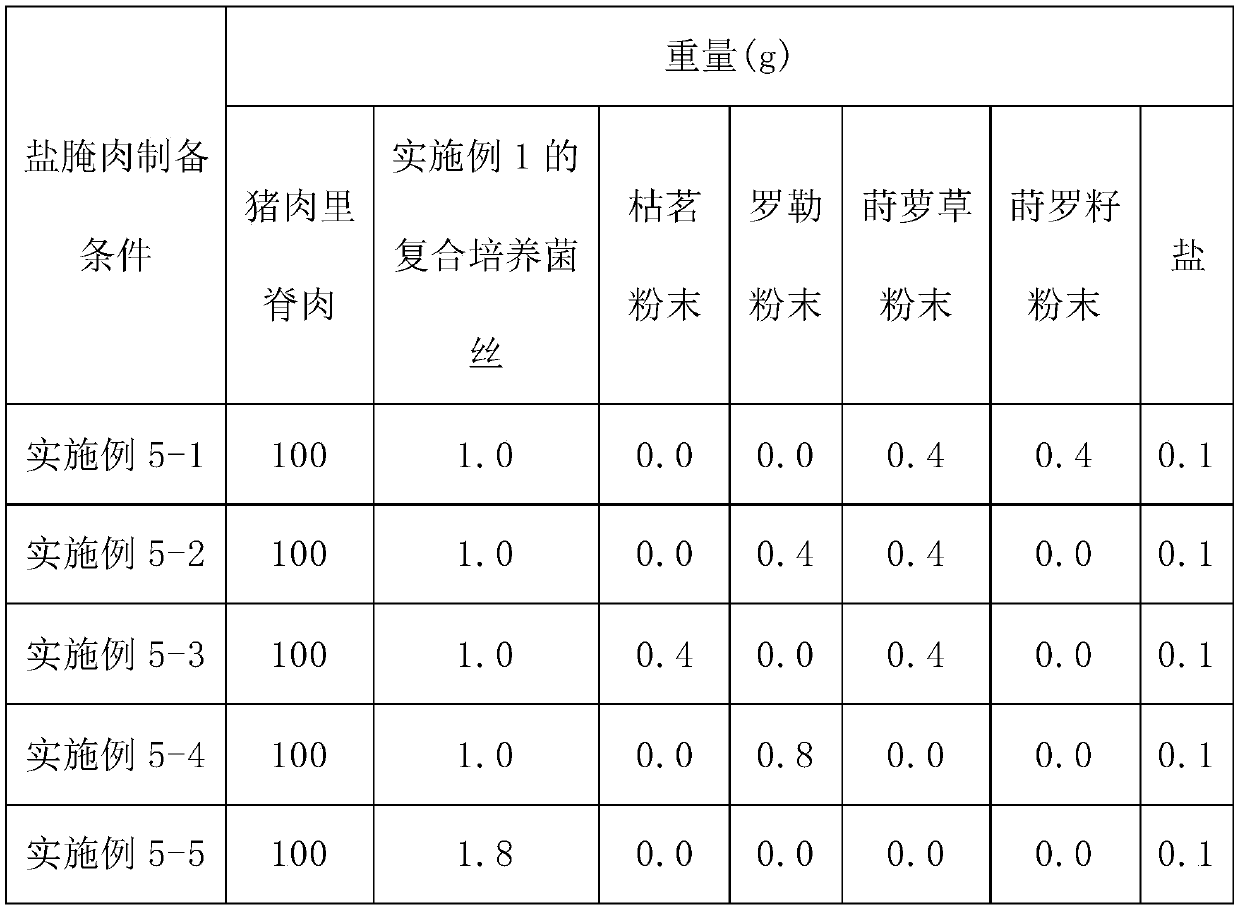Method for co-culturing inonotus obliquus, ganoderma lucidum, and phellinus linteus mycelia
A technology of Phellinus mycelium and cultivation method, which is applied in the direction of botany equipment and methods, cultivation, fungi, etc., can solve problems such as danger, abnormal growth, pituitary gland damage, etc., and achieve excellent taste and flavor, and excellent health functional effect
- Summary
- Abstract
- Description
- Claims
- Application Information
AI Technical Summary
Problems solved by technology
Method used
Image
Examples
Embodiment 1
[0048]
[0049] After the fruiting body tissues of Chaga, Ganoderma and Phellinus were isolated and inoculated on potato dextrose agar, the hyphae of Chaga, Ganoderma and Phellinus were cultured at 27-29°C for 2 weeks. ready to After subdividing the potato dextrose broth medium for the unit, use a knife to cut each Chaga, Ganoderma lucidum, and Phellinus hyphae cultivated on the potato dextrose agar into 1 square mm, and place them in each medium containing the potato dextrose broth. In a Erlenmeyer flask, 5 slices were inoculated with the cut three strains.
[0050] In a BOD incubator (Bio-Oxygen Demand incubator, low-temperature incubator) under the conditions of 27-28°C and humidity 20%, the culture medium of the compound inoculation was cultured statically for 1 week, and stirred for about 1 minute every day during the culture period. After 1 week, the flask in the culture after compound inoculation was moved to a shaking incubator and cultured at 27° C. and 100 rpm ...
Embodiment 2
[0054]
[0055] In every 100g of pork tenderloin, mix the finely cut compound culture mycelia, cumin powder, basil powder, dill herb powder, dill seed powder and salt from Example 1 and mix evenly, and store at room temperature at 25°C After 4 hours, it was placed again in a low-temperature warehouse at 7°C for 24 hours to make salt-cured meat.
[0056] [Table 1]
[0057]
experiment example 1
[0078]
[0079] Commissioned the Korea Institute of Analytical Technology Co., Ltd. to check the content of β-glucan in Chaga, Ganoderma lucidum and Phellinus hyphae. The results are shown in Table 5, the compound culture hyphae cultured according to the method of Example 1 had the highest content of β-glucan.
[0080] [table 5]
[0081] condition β-glucan content (mg / m) Example 1 196.1 Comparative example 1-1 100.6 Comparative example 1-2 102.3 Comparative example 1-3 102.5 Comparative example 1-4 112.4 Comparative example 1-5 124.4 Comparative example 2 149.2 Comparative example 3 131.4 Comparative example 4 136.2
PUM
 Login to View More
Login to View More Abstract
Description
Claims
Application Information
 Login to View More
Login to View More - R&D
- Intellectual Property
- Life Sciences
- Materials
- Tech Scout
- Unparalleled Data Quality
- Higher Quality Content
- 60% Fewer Hallucinations
Browse by: Latest US Patents, China's latest patents, Technical Efficacy Thesaurus, Application Domain, Technology Topic, Popular Technical Reports.
© 2025 PatSnap. All rights reserved.Legal|Privacy policy|Modern Slavery Act Transparency Statement|Sitemap|About US| Contact US: help@patsnap.com



